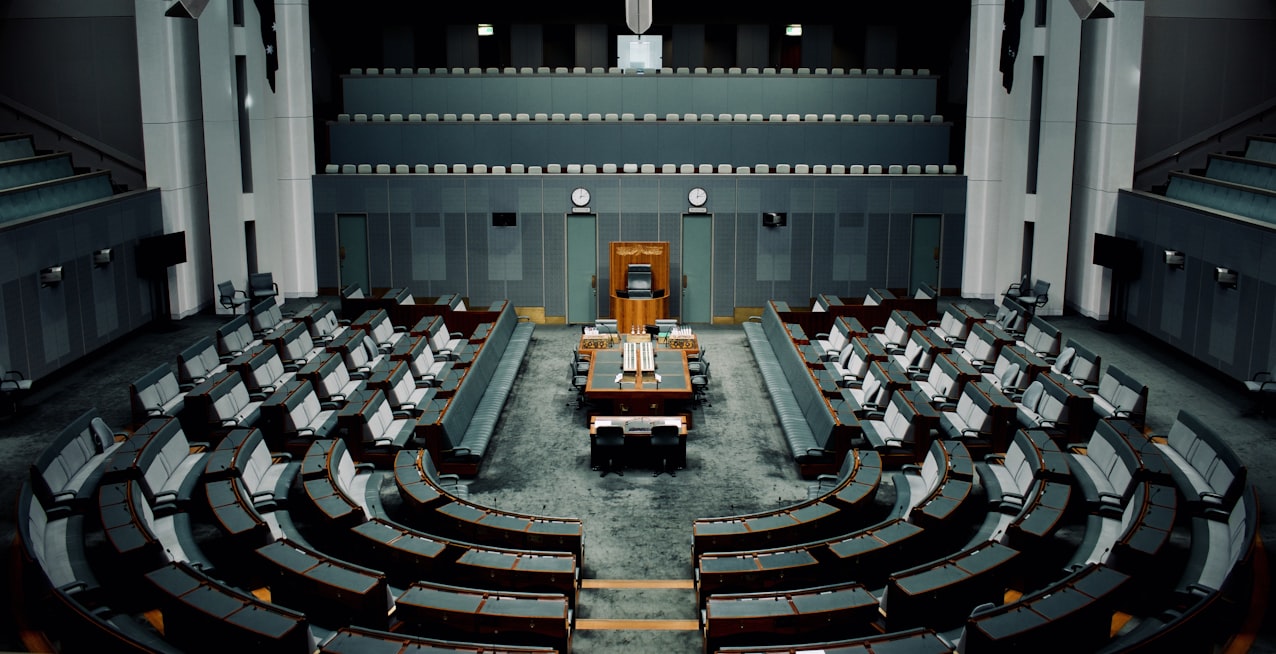The Commerce Commission is seeking feedback on a code to protect consumers who are at particular risk of needing to contact emergency services and only have access to a home phone to do so.
The 111 contact code has been drafted to support home phone customers who may be unable to call 111 in a power cut, due to New Zealand’s transition to new home phone networks like fibre and fixed wireless. These new networks need a power supply in the home to work. This means they may not work in a power cut.
Under changes to the Telecommunications Act, the Commission is required to design a 111 contact code that telecommunications companies must follow.
“Under our draft rules it will be the responsibility of a qualifying customer’s telecommunications provider to supply them with an alternative way to contact 111 at no cost to the customer. It’s proposed that the customer applies to their provider if they are at particular risk of needing to call 111, such as if they have a medical condition. If the consumer qualifies, their provider will work with them to determine the right product for their particular needs,” Telecommunications Commissioner Dr Stephen Gale said.
“We have included protections to ensure providers cannot deny or stop supplying home phone services to customers because they are or will be covered by the Code. Customers will also have the ability to complain to the Telecommunications Disputes Resolution Service or directly to the Commerce Commission if their provider does not comply with the Code,” Dr Gale said.
More broadly, the Commission is also proposing that telecommunications providers tell all of their customers who are moving to or are already on new home phone networks that:
- their home phone may not work in a power cut
- how to protect themselves
- where to go for further support.
“We encourage feedback, especially from consumer advocacy groups on the criteria and application process. We are also interested in feedback on what solutions telecommunications providers could use to supply their qualifying customers. We will use this feedback to shape the Code so the final version works for everyone who needs it.”
Submissions can be made via the Commission’s website by 5pm on 23 April 2020. The final Code is expected to be finalised and published in mid-2020.
Case study
Leanne is a real example of a New Zealander who may qualify for extra support from her home phone provider under the 111 contact code. She has agreed to us sharing her story.
Leanne lives with her pensioner husband 2 hours’ drive south of Christchurch. His health is not good. His lungs are scarred from years of working with chemicals. The dexterity in his hands and fingers has gone and he can not use a mobile phone. Mobile coverage at their home is poor and they rely on a home phone line. There are often power cuts in the area. With new home phone technologies and no mobile coverage, the couple may be unable to call 111 from their home in a power cut.
“I already pay for a landline. It’s not cheap. A mobile phone won’t work here. Bad reception. There is other technology on offer but it’s $800 just to get an aerial. We’re living on one pension right now so we can’t afford that,” Leanne said.
Under the draft 111 contact code Leanne’s provider would let her know that her home phone on a new technology would not work in a power cut. As she does not have another way to contact 111, she would need to apply to her provider for extra support under the Code. They would then work with her to find a solution that would enable her or her husband to make emergency calls in a power cut.
Background
The Commerce Commission regulates telecommunications companies in New Zealand and can set guidelines and rules that telecommunications companies must follow. Under the Telecommunications (New Regulatory Framework) Amendment Act, the Commission must create a 111 contact code by 1 January 2022. The Act also provides for the deregulation of copper services in areas where fibre is available and creates a new regulatory regime for fibre networks.







